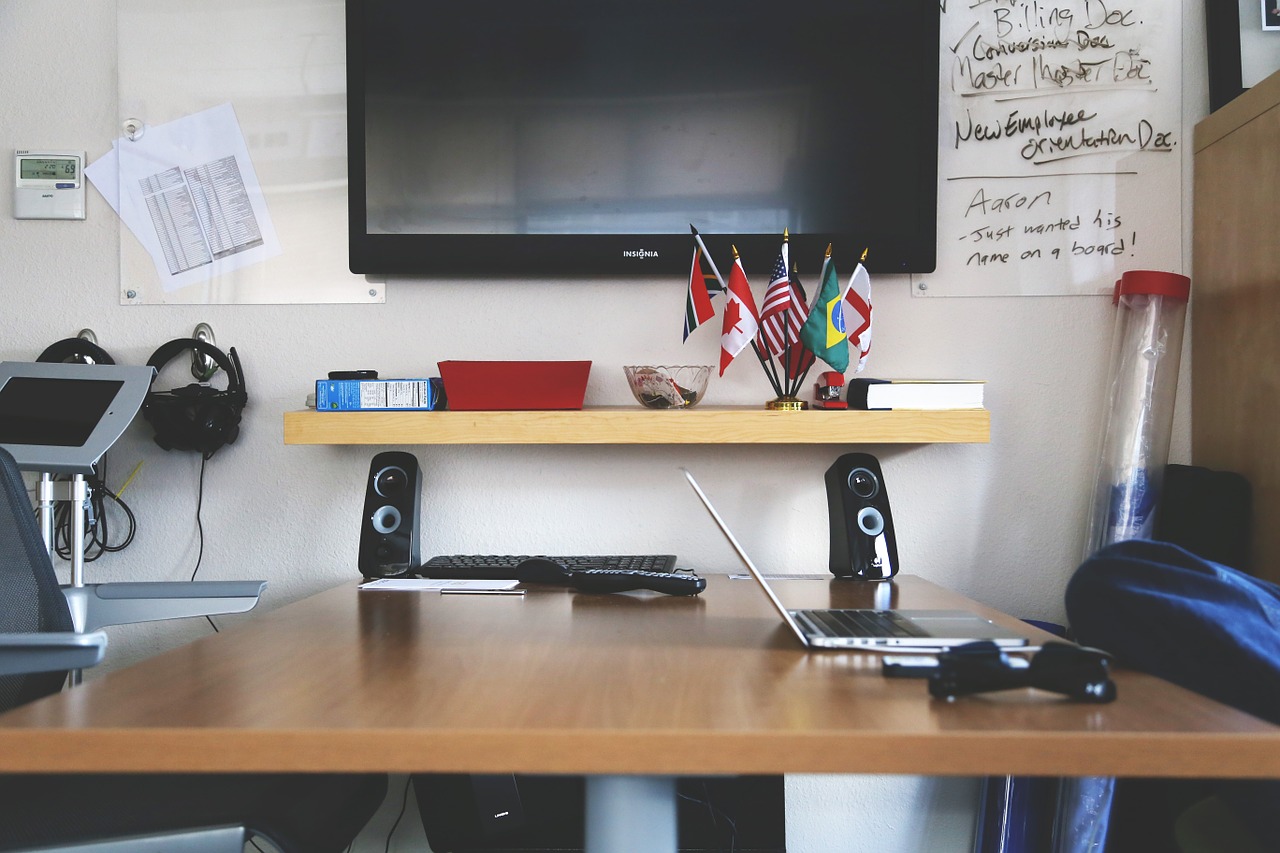
Televisions have become a major source of entertainment for the past decades. However, when other electronic gadgets such as computers, smartphones, and tablets came to exist, their presence seemed to have slowly diminished. Nonetheless, after several brainstorming sessions from TV companies, a major idea came up that led them into the modern spotlight once again. And they are smart TVs.
Smart TVs have integrated Internet capability that allows one to browse the web and gain access to a number of online services including social networking sites and video streaming services. They also come with built-in applications and features that let you enjoy them even more.
Nonetheless, you can only access online services with your smart TV if you have a stable Internet connection. Most smart TVs come with Ethernet ports on their backs where you can directly plug them into your Internet modem. There are also smart TVs that already come with built-in Wi-Fi connectivity. Some, on the other hand, make use of additional Wi-Fi capable devices such as TV boxes and dongles at wgtvboxes. Now, you have a whole lot of access with online services.
What if there are certain applications that are not yet solely supported by your smart TV? What if these applications are only found on your laptop or smartphone? What should you do?Well, the answer is actually very simple. You just have to connect your laptop or smartphone to your smart TV.
Connecting your laptop to your smart TV is a no-brainer. You can even do so with or without cables. You just need the right cable, streaming hardware, or lead. Before connecting anything, make sure that you check what ports are available on both your smart TV or smartphone and laptop.
Here’s how you can connect your laptop or smartphone to your smart TV.
Connect your laptop or smartphone to your smart TV using HDMI
Using an HDMI cable to connect both these devices is the easiest and best method there is. Just follow these steps:
- Turn both your smart TV and your laptop or smartphone on.
- Connect your HDMI cable to your smart TV and laptop or smartphone.
- In your smart TV, choose HDMI as input (this can also be done by clicking your AV button).
- Your smart TV display should now mirror that of your laptop or your smartphone.
For a list of the best HDMI cables of 2017, check this site out here:
Connect your laptop or smartphone to your smart TV wirelessly
If you are not a fan of having wires connected to both your devices, then another option is to go wireless. There are three ways to make this possible. First, you can establish wireless connection with the use of your laptop’s built-in Intel wireless display. Second, you can plug a wireless device into your smart TV’s HDMI port as well as that of your laptop. Third, you can instead utilize a dedicated media server such as Roku’s streaming stick, Google’s Chromecast and Android TV boxes. The third method can also be done when connecting your smartphone to your smart TV.
Connect your laptop to your smart TV using VGA
If you still have your 4- to 5-year old laptop with you, then you can make use of its VGA port as well as that of your smart TV’s. Since VGA is only a video cable, you should accompany it with a 3.5-mm audio cable. This must be connected from the headphone socket of your laptop to the audio port of your smart TV or external speakers. Ensure to follow these steps:
- Turn both your laptop and smart TV on.
- Connect your VGA cable to your smart TV and laptop.
- Connect your 3.5-mm audio cable as well to your laptop’s headphone socket and your smart TV’s audio port.
- In your laptop, go to Control Panel > Display > Adjust Resolution.
- In the Display drop down box, make sure that the TV option is selected.
Connect your laptop to your smart TV using an external hard drive or a USB stick
If you have just bought a recent smart TV model, then most likely it comes with a USB port. Now, you can watch the stored content on your laptop directly on your smart TV by transferring pertinent files to your external hard drive or USB stick. Just make sure that your video format is compatible with your smart TV. This way, you just have to directly plug in your external hard drive or USB stick into your smart TV and you’re good to go. Here’s the following simplified steps:
- Check to see if the file format that you plan on viewing is compatible with your smart TV (you can do this by checking the specifications of your smart TV model on the Internet).
- Copy the stored files to your USB stick or external hard drive.
- Insert the USB immediately to your smart TV.
- Select USB as your smart TV input.
- With the use of your smart TV’s file explorer, you can now browse andplay the desired video or any computer content that you want to watch on your smart TV.